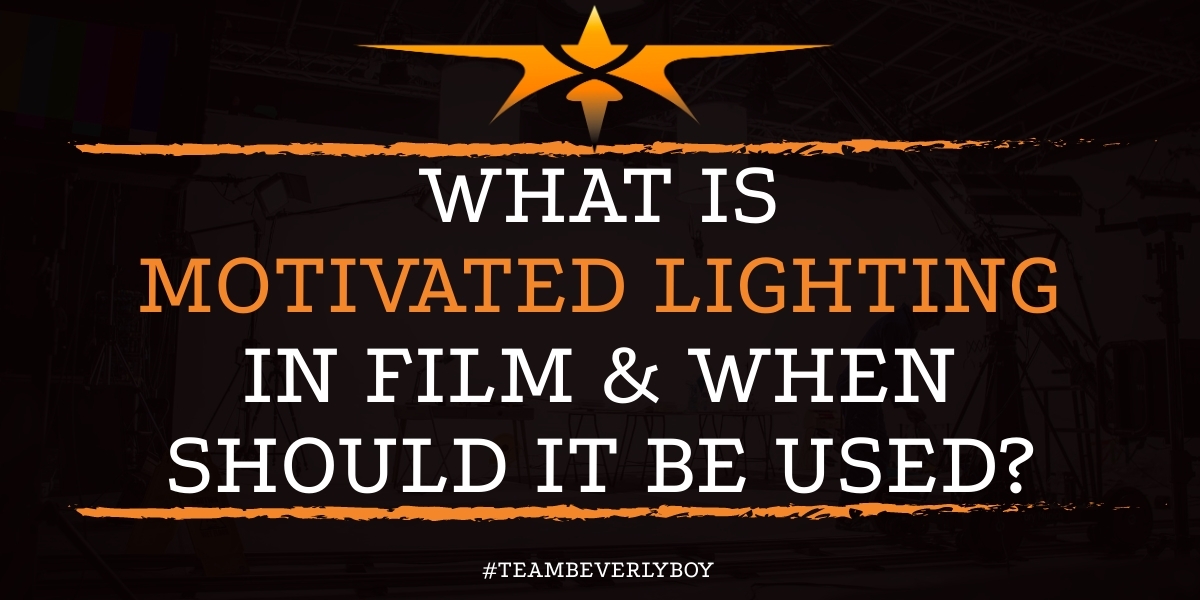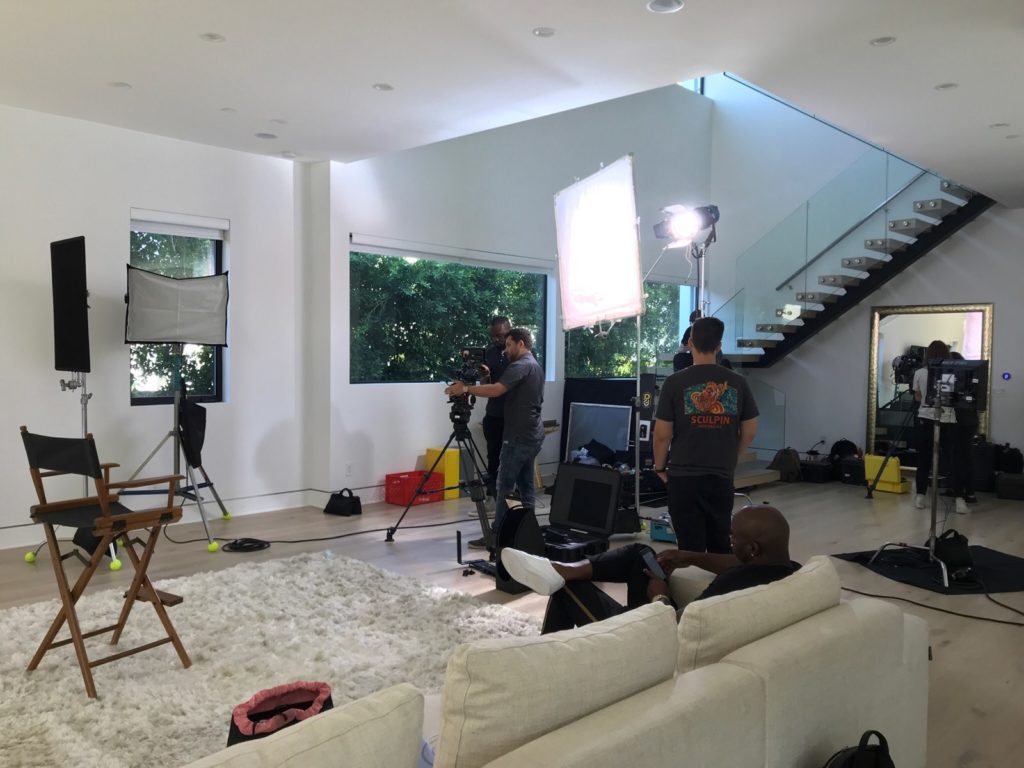
What is Motivated Lighting in Film & When Should it be Used?
Motivated lighting is used to imitate natural light within a scene. When included correctly, motivated lighting can captivate audience interest and build emotions on the set. Below we answer the question “What is motivated lighting in film & when should it be used?”

What is Motivated Lighting?
Motivated lighting is the use of lighting in a scene to imitate a natural light source. Motivated lighting can be used in various ways to illuminate a scene from a natural perspective. Similar to practical lighting, motivated lighting may be used to replicate the presence of practical lighting on a scene. The goal is to enhance the scene with lighting that appears to be naturally present on the scene.
When you use motivated lighting the goal is to replicate the light source on your scene to that of a natural light source. Often times a window is used with motivated lighting from the sun or moon. Of course, we don’t always have the vantage point of the sunlight or moonlight shining in through a window exactly when we need it to be and at the magnitude we need to make the scene appear as realistic as we need it to. However, special lighting techniques can be used to recreate and imitate natural lighting that appears realistic.

Types of Motivated Lighting
Various types of motivated lighting in film can be used to create the scene. Motivated light sources appear most natural and are most widely accepted by your audience as a necessary element or source to the scene. In fact, motivated lighting sources are ideal because they are one of few lights on the set in which the audience doesn’t wonder where the light came from or why it is the way it is. There’s motivation to it and an understanding of why we have the light on the scene.
The following types of motivated lighting may be included:
- Lamps or candles on a table may be the motivated lighting if the scene takes place in a restaurant.
- If the scene takes place in a dining room, a chandelier may hang above the table and act as the motivated light source.
- In a bedroom, table lamps may be the motivated light.
- A bar scene may include neon bar lights as the motivated lighting for the scene. A jukebox may be used at the motivated light in this situation as well.
- A window that allows external light to shine in may be the motivated light source in a hotel room.
As you can see, the motivated light sources can be just about any naturally accepted light form that would be expected to be present in the scene. Even if you’re filming a scene where a particular element is not visible, such as a window, and you really wanted to use a window as the motivated light, you could make this work. Talk with the director and, if there’s a particular wall of the room that is not visible on the camera, you could consider pretending that there is a window on that particular wall that sheds motivated light onto the scene. The main need here is that viewers could understand the light and that it would make sense however you visualize it.

Motivated Lighting Tips
Motivated lighting should be established early in the scene so that there is an understanding throughout as to what steps should be taken to ensure continued motivated lighting that aligns with the timeline of the story. For example, if you have motivated lighting from a window that naturally had sunlight coming into it at midday when filming began, but does not have light coming in several hours later even though you’re still shooting scenes for the daytime as far as the storyline goes, you need to adjust for that. As the days draws and evening means less motivated light despite the fact that you’re storyline is still filming daytime you can use lighting gels to establish a similar lighting to that which was achieved earlier in the day naturally through the window. The goal is to ensure appropriate continuity as you shoot despite the changes in time of day as your shoot progresses.
Match the motivation source with the appropriate gels. The color temperature should match the motivation source. If the motivated light was from the sun, you would use a different gel than you would if the motivated light was to come from the moon. The gels will ensure that your motivated light appears naturally from the source. Naturally, a beaming light of 6600K is not going to appear much like moonlight no matter how far you go to make the rest of the scene appear as such.
Want help with the lighting for your set? Contact Beverly Boy Productions today to get started on an appropriate lighting setup that’s right for your video production. We can’t wait to put our decades of experience to work in helping you light the scene for your production.


